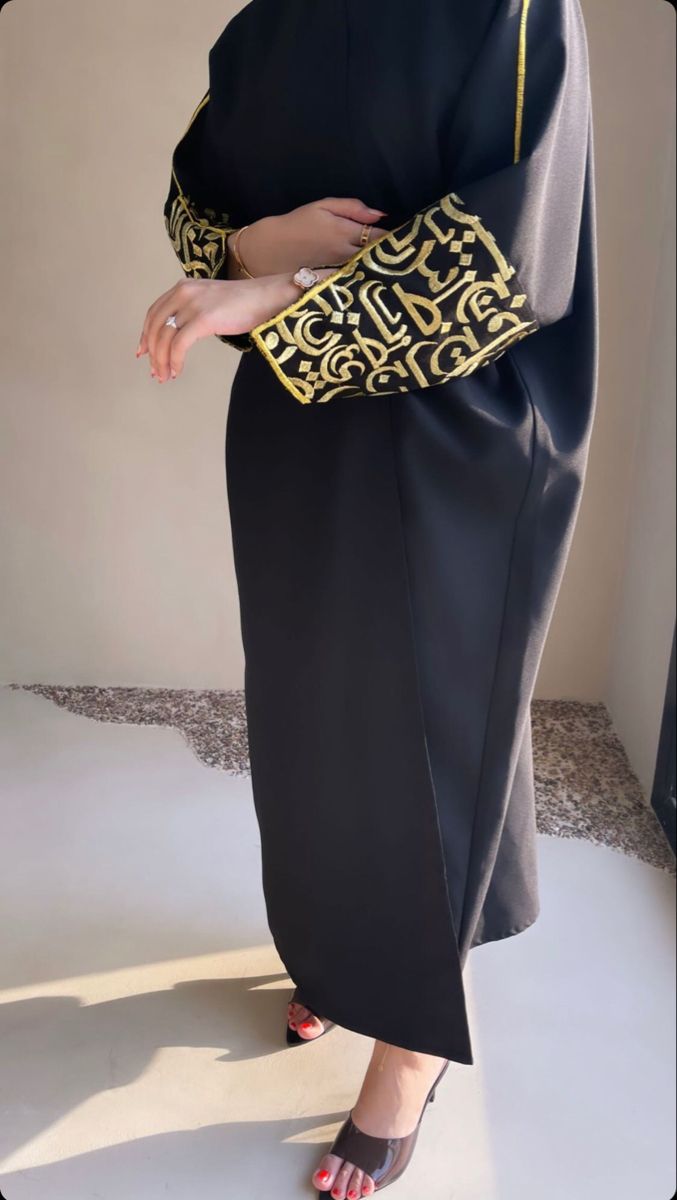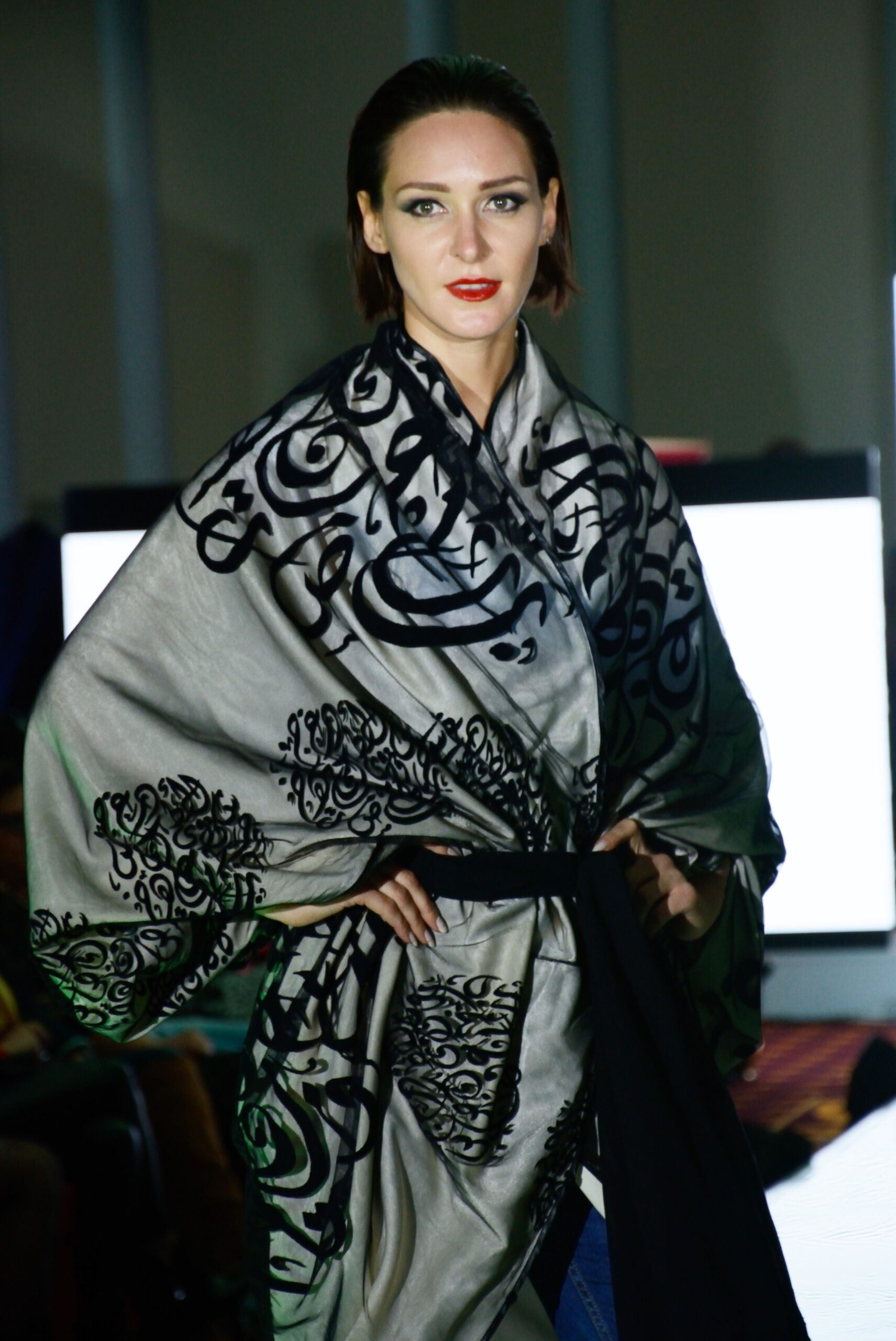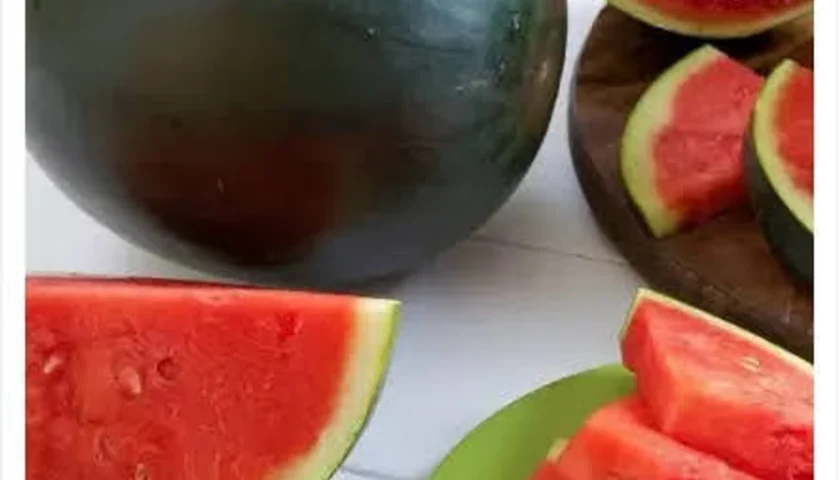
A new crop of designers from the region and abroad are pushing the envelope by employing Arabic calligraphy in innovative ways. Clothes designers across the Middle East are increasingly using Arabic calligraphy in their designs ,which some see as a way to keep their language and culture in fashion. Arabic letters inscribed on shirts, scarves, handbags, necklaces and bracelets are worn today by many, in a practice linked with preserving local culture. Mostly women from middle east says that it is “incredibly important” to wear clothes that “maintain our culture.”.They think that this part of their culture, this beautiful artistic art, which was used to design so many things in the past, should be modernized and used in the things we wear today.” There is an emerging trend with things that have Arabic calligraphy. “It’s human nature to feel a part of something and seem to really love sharing this Arab identity of calligraphy,” .calligraphy attracts Arab and non-Arab shoppers, it is a way to introduce Arabic to foreigners. “Many of non-Arab customers like to buy accessories with Arabic calligraphy as souvenirs. they also insist on understanding the letters they are wearing. In the Middle East Arabic script is used for both religious and secular purposes. It can also mean different things to the variety of nationalities and religions in the region. Yet whether one is Turkish, Pakistani, Afghani, Iranian, Syrian, Muslim or Christian, Arabic calligraphy still provides a symbolic cultural link that unites the Middle East together. Perhaps this is why Arabic calligraphy has been on the rise in fashion, not only in the Middle East but also in the West, where brands such as Zidouri (which features Arabic embroidery on streetwear and jewelry) are flourishing.

Arabs and Muslims in these areas are often marginalized communities, yet donning calligraphy-emblazoned garments can be a sartorial statement of pride and political or religious allegiance. “What makes the language even more beautiful are the dialects and accents used in different countries. The recently opened THAT Concept Store in Dubai’s Mall of the Emirates, and you’ll see an assortment of statement Plexiglas clutches on display. Some are adorned with the keffiyeh scarf print, while others are embellished with the word “love” in bold Arabic calligraphy, artistry that Palestinian designer Meera Toukan has always been drawn to.“She believe words written in calligraphy hold powerful meaning, and the way they’re written makes it even more appealing. Toukan, who launched her eponymous brand. she says that, “It’s art and it’s heritage. she love how traditional it is, yet it’s versatile and can easily be played around with to make it more fitting to the modern consumer. The Arabic words for “peace”, “patience” and “truth” also decorate dresses from Canava, a brand by Nisreen Krimed. Her fabrics, which are handmade in Dubai, feature calligraphy-covered chiffons layered over newspaper prints and maps of Damascus and Jerusalem. “The abstraction of pictures into words also holds a meaning in the shape itself. Some designers experiment with layering fabrics, others reflect on the layered meanings of Arabic words. Nawal Masri is the founder of streetwear label Exhale, which collaborates with artists, most recently an Arabic calligrapher who calls by the pseudonym illm. Arabic letters fill the outlined silhouette of hands in prayer, which features on the back of a hooded prayer cover-up from the collaboration.“ These designers believe Arabic calligraphy can be an inspiring and unifying art form, as well as an intimate reflection of beliefs and cultural roots. “Yet we all write it the same way, and this is what unifies us.

They want to create fashion pieces that resonate with this generation, but also introduce their rich heritage to the world.” Arabic calligraphy makes a trendy but also touching statement .“Anything is impactful if it connects to its audience,” says Emirati fashion designer Fatma Al Mulla, known for her bold, graphic dresses, kaftans and accessories. The beautiful language has words with such deep meanings that, in some cases, they cannot be translated – they are rooted not only in Arabs, but Muslims around the world. ”With verses from love poems and flowing calligraphy. Jordan-based fashion designer Hana Sadiq stitches a testament to the beauty of Arab women. In a career spanning decades, Iraqi-born Sadiq has shown her creations worldwide and dressed the stars, but she remains rooted in the traditions of her homeland. She has exhibited from Europe to the United States as well as the Middle East, along with thousands of pieces of Arab textiles and costumes. She went on to design for celebrities and royals, including Jordan’s Queen Rania and Queen Noor. Today a new crop of designers from the region and abroad are pushing the envelope by employing Arabic calligraphy in innovative ways. Their work not only appeals to a new generation of trend setters, but also delivers a message about contemporary Middle Eastern culture to a wider audience.



